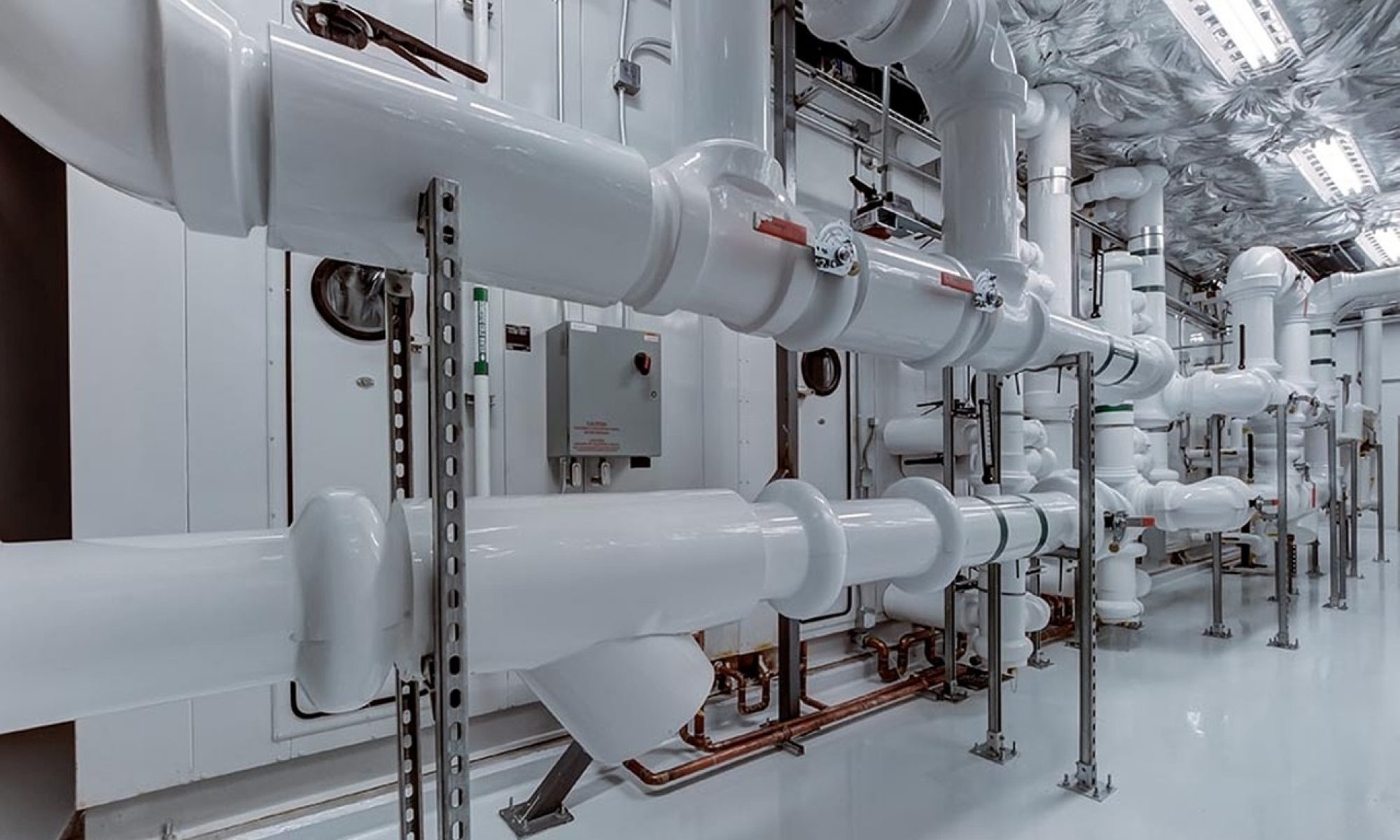The Hidden Health Crisis: Why Your Home’s Indoor Air May Be More Toxic Than Outdoor Pollution
While most homeowners worry about outdoor air pollution from traffic and wildfires, a shocking reality lurks inside our homes: the concentrations of some pollutants are often 2 to 5 times higher than typical outdoor concentrations. As we spend approximately 90 percent of our time indoors, this invisible threat is silently impacting our health, cognitive function, and overall well-being in ways many Bay Area residents never realize.
The Surprising Truth About Indoor Air Pollution
Your home’s air quality affects far more than just comfort—it directly impacts your health. Poor IAQ can have a range of negative health effects, from short-term issues like headaches and fatigue to more serious long-term health problems like respiratory diseases, heart disease, and cancer. For San Mateo County residents, this issue becomes even more critical given our region’s unique climate challenges, from seasonal wildfire smoke to coastal humidity fluctuations.
The connection between indoor air quality and health has become increasingly evident, especially as the COVID-19 pandemic has heightened awareness of the importance of indoor air quality (IAQ). What’s particularly concerning is that common pollutants that can deteriorate indoor air quality include particulate matter like dust and pollen, gases like carbon monoxide and radon, biological contaminants like mold and bacteria, and volatile organic compounds (VOCs) emitted from products like paints, cleaning supplies, and pesticides.
Your HVAC System: Hero or Hidden Villain?
Here’s where it gets interesting—and potentially alarming. Your HVAC system can either be your greatest ally in the fight for clean air or an unwitting accomplice in polluting your home. A well-maintained HVAC system can significantly improve Indoor Air Quality by controlling pollutants and maintaining adequate humidity and temperature. However, if neglected, the same system can also become a source of contaminants, thus negatively affecting the indoor air quality.
Many homeowners make a critical mistake: they assume their air conditioning system is automatically purifying their air. The reality is more complex. In reality, air conditioning does little to improve indoor air actively. More often than not, A/C actually worsens indoor air quality. Standard HVAC systems are primarily designed for temperature control, not comprehensive air purification.
The Smart Solution: Advanced IAQ Technologies for 2025
Fortunately, the HVAC industry is set to experience a wave of innovation that will not only enhance comfort and convenience but also prioritize energy efficiency and environmental sustainability. Modern solutions are transforming how we approach indoor air quality, with more HVAC systems equipped with advanced filtration technologies that can effectively remove allergens, bacteria, viruses, and other pollutants from the air. Some of the latest innovations include UV-C light air purifiers, which use ultraviolet light to kill pathogens, and HEPA (High-Efficiency Particulate Air) filters, which can capture 99.97% of airborne particles.
For San Mateo County homeowners, these technologies are particularly valuable given our area’s unique challenges. Whether you’re dealing with seasonal allergens from the coastal environment or concerned about wildfire smoke infiltration, professional AC repair San Mateo county CA services can integrate these advanced systems into your existing HVAC setup.
The Economic and Health Benefits
The American Lung Association highlighted the prowess of whole-house air purifiers, recording a pollution reduction of up to 95% in homes. This isn’t just about comfort—it’s about tangible health benefits. Poor IAQ can also reduce productivity, cause discomfort, and increase energy costs. By improving IAQ, we can reduce the risk of health problems, improve our quality of life, and save on energy costs.
The investment in proper indoor air quality solutions pays dividends in multiple ways. Beyond the obvious health benefits, homeowners often see reduced energy costs, fewer sick days, improved sleep quality, and enhanced cognitive function—particularly important for those working from home in the Bay Area’s tech-driven economy.
Taking Action: Your Next Steps
The most effective approach to improving your home’s air quality involves multiple strategies. Usually the most effective way to improve indoor air quality is to eliminate individual sources of pollution or to reduce their emissions. This includes proper HVAC maintenance, upgrading filtration systems, and ensuring adequate ventilation.
For San Mateo County residents, working with experienced professionals who understand both the local environmental challenges and the latest IAQ technologies is crucial. To maintain good IAQ, it’s important to ensure that HVAC systems are properly designed, installed, and maintained. This includes regular maintenance tasks, such as replacing air filters, cleaning ducts, and checking for leaks or other issues. In addition, advanced solutions such as air purifiers, energy recovery ventilators, and smart thermostats can help enhance IAQ and improve the overall indoor environment.
Don’t let your home’s air quality remain a hidden health hazard. With the right combination of professional expertise, advanced technology, and regular maintenance, you can transform your indoor environment into a sanctuary of clean, healthy air that supports your family’s well-being for years to come.

